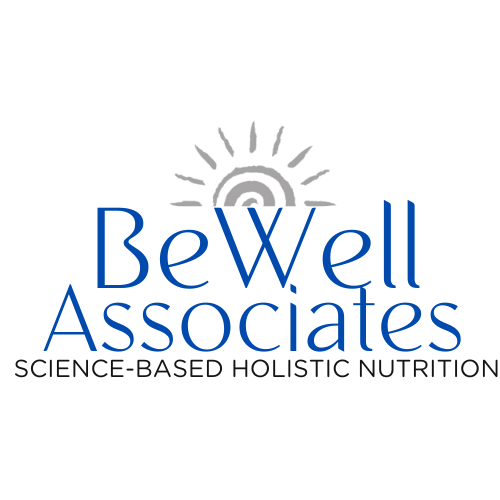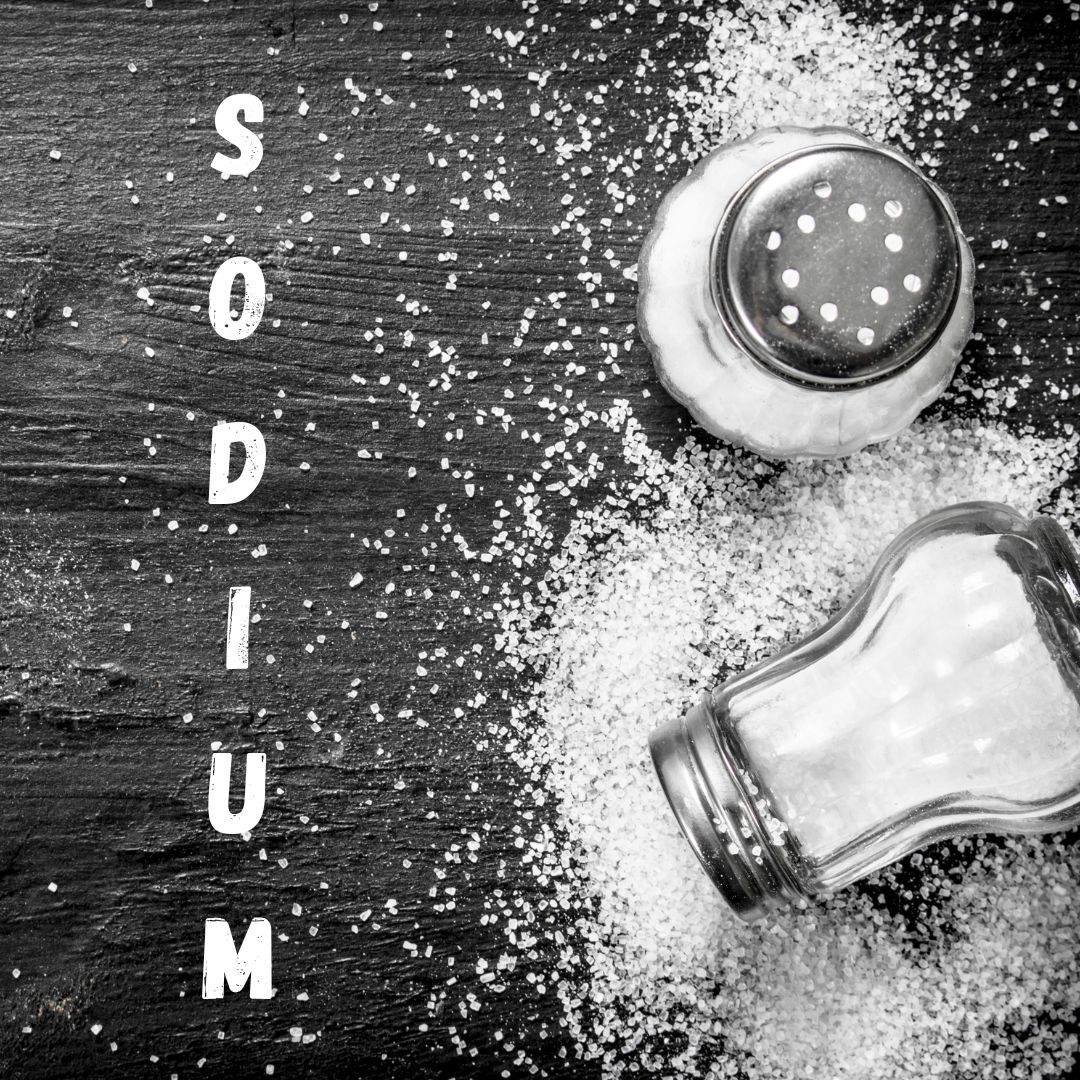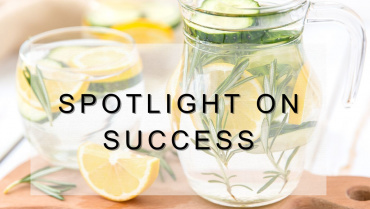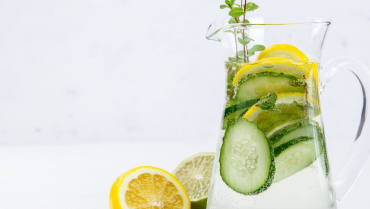Most of the sodium in our diets comes from salt, or sodium chloride. Sodium has many critical biological functions like transmitting nerve impulses, contracting and relaxing muscle fibers, and maintaining proper fluid balance.
Recommended intake of sodium for healthy adults aged 19 -50 years is 1.5 g or 1,500 mg, which is a salt equivalent of 3,800 mg, or 2/3 teaspoon. The upper limit (UL) of sodium intake is 2.3 g/2,300 mg, or one teaspoon. of salt.
Many Americans are getting as much as 3,400 mg of sodium per day, on average, 77% coming from processed foods. The kidneys regulate the body’s sodium level by getting rid of any excess. However, when there is excess sodium in the bloodstream, our kidneys can’t keep up. This excess sodium means an increase of water in the cells, and as this fluid increases, so does blood volume, creating more work for the heart. Due to increased pressure in the blood vessels and often stiffened vessel walls, chronic high blood pressure and increased risk of heart attack or stroke can result.
How to find a healthy balance of sodium.
Choose More Often: Foods Lower in Sodium
- Chicken and turkey (with skin removed).
- Fresh fish or rinsed canned fish such as tuna or sardines.
- Pregnant and nursing mothers: Talk to your health care provider to find out the types of fish you can eat that are lower in mercury.
- Canned foods packed in water
- Low-sodium or reduced-sodium cheeses.
- Low-salt chips, nuts, and pretzels.
- Plain rice, noodles, or pasta.
- Homemade, low-sodium, or reduced-sodium soups.
- Fresh, frozen, “no salt added,” or rinsed canned (rinse canned foods to reduce the sodium) vegetables
- Spices, herbs, and flavorings such as cilantro, parsley, garlic powder, onion powder, vinegar, and chili powder.
Choose Less Often: Foods Higher in Sodium
- Smoked and cured meats such as bacon, ham, sausage, hotdogs, and bologna.
- Canned fish such as tuna and sardines (that are not rinsed) and salted/dried codfish (bacalao seco y salado). Pregnant and nursing mothers: Talk to your health care provider to find out the types of fish you can eat that are lower in mercury.
- Canned foods packed in broth or salt (rinse to reduce sodium).
- Most cheeses.
- Salty chips, crackers, nuts, and pretzels.
- Quick-cooking rice and boxes of mixed rice, potatoes, or noodles.
- Regular canned and instant soups.
- Regular canned vegetables, pickles, olives, and pickled vegetables (rinse to reduce sodium).
- Condiments and seasonings such as soy sauce, ketchup, garlic salt, seasoning salt, bouillon cubes, meat tenderizer, and monosodium glutamate (MSG).
Does having low or normal blood pressure mean you can use as much salt as you like?
The amount of salt you eat has a direct effect on your blood pressure. The more salt, the higher your blood pressure will be. It may be tempting to think you don’t have to worry unless you’ve have been diagnosed with hypertension, but having normal blood pressure now doesn’t mean you don’t have to protect against developing a problem in the future.
People with low blood pressure (Hypotension) should not eat as much salt as they want. In most healthy adults, low blood pressure does not cause problems or symptoms, and in fact, could be considered normal.
The risk of high blood pressure increases as we age, and it’s a condition that most people will have at some point in their lives. Also, a high sodium intake causes other health damage, such as retention of water in your body, which leads to swelling of the ankles and weight gain. Therefore, almost everyone should cut the amount of salt they eat to improve their health, even those with low blood pressure. Most processed foods are high on sodium, so stay away from them and focus a diet rich in vegetables and fruits.





Add Comment